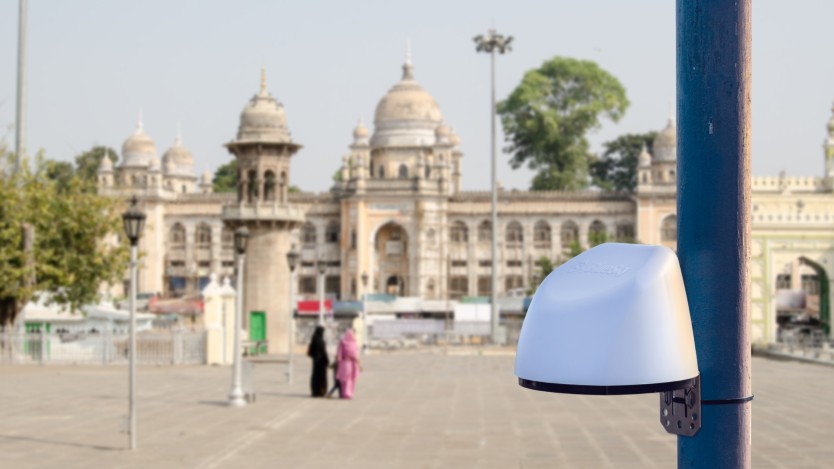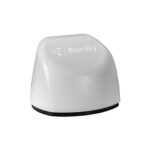Ensuring indoor hospital air quality through outdoor monitoring for health and safety
Worldwide, there is a growing recognition of the significance of environmental health and the importance of air quality. Consequently, there is mounting pressure on entities responsible for emitting pollutants, such as fugitive emissions, to increase their efforts in monitoring, controlling, and reporting these emissions.
Construction, vehicle emissions, and power generations are inevitable in India’s densely populated areas. The dust and fumes that arise from the jobsites, roads, and heavy industry buildings are not pleasant to be around and often enter through a building’s HVAC system, significantly affecting the indoor air quality (IAQ). With India’s sprawling cities and already poor air quality, it is becoming a serious health issue– forhospitals specifically, air quality is a priority to protect patients and staff.
Fugitive emissions are pollutants released into the air from cracked seals, pipes and other unintended areas. Fugitive emissions can also be defined as unintended emissions from facilities or activities—for example, road construction—that cannot reasonably pass through a vent, stack, chimney, or other functionally equivalent opening. Examples of these emissions are fine particles (PM10 and PM2.5), aerosols and dust, which significantly impact air quality. It is important to understand that your IAQ is only as good as your HVAC system and the air that passes through it from outside. Poor outdoor air can equate to harder working HVAC systems. Reduce cost in system repairs by monitoring the air quality on the outside ensuring it doesn’t negatively impact the inside.
Today, many monitoring agencies are requesting real-time air quality data from companies, to prove their fugitive emissions levels meet regulation. If emission levels exceed the limit, monitoring agencies can administer consequences. Activities such as demolition and ground works can create large amounts of dust and other harmful emissions and their effects can be made worse by contaminated lands and hazardous materials. Hospitals must account for outside air pollution to protect their patients ensuring that they are not being exposed to excessive pollutants during their hospitalization.
Follow the link below to read more about the article.

Originally published by [TCBU EDITORIAL] – [4 Sept 2023]
Ask us a question
Related products:
TSI BlueSky Air Quality Monitor
The TSI BlueSky™ Air Quality Monitor is a lightweight, laser-based particle instrument designed to simultaneously measure PM2.5 and PM10 mass concentrations, as well as temperature and relative humidity. The device purchase includes a subscription to both TSI Link™ Software (Premium account) and Data Services for one, two or three years depending on your choice.

